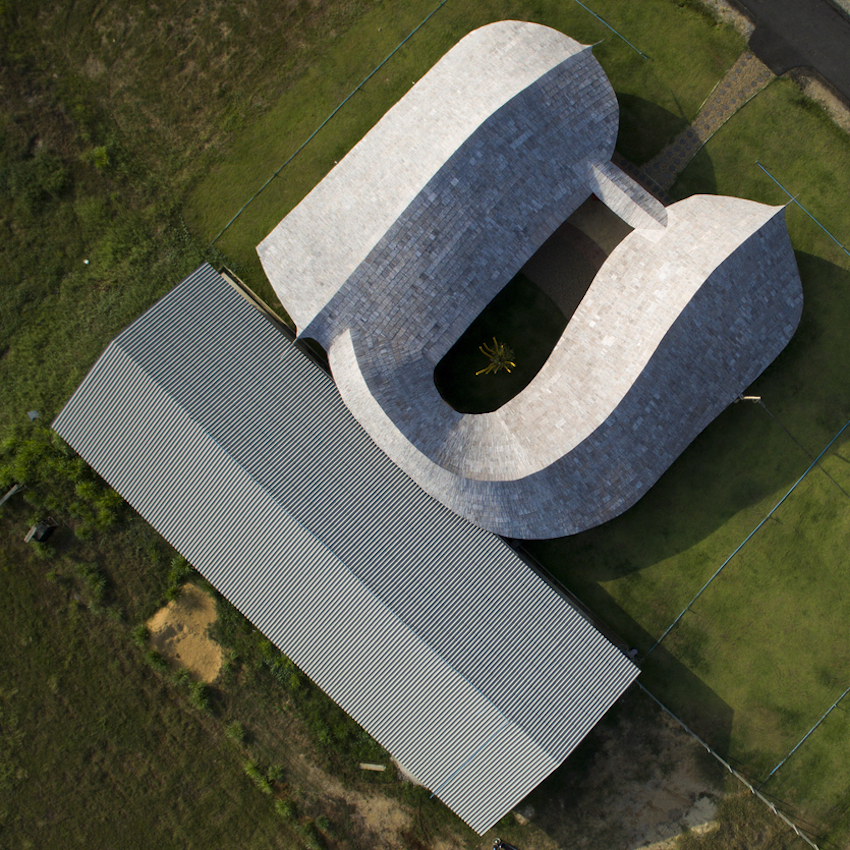CHIANG MAI, Thailand — There’s something appropriate about a research facility focused on sustainability coupled with materials as long-lasting and ancient as bamboo and adobe brick. That’s what Chiangmai Life Construction brought to the table with the Erber Research Center in Thailand. The building was bankrolled by Biomin, an animal nutrition company, in partnership with Kasetstart University of agriculture.
The pair wanted a facility to study ways to raise chickens without the use of pharmaceuticals, the architecture studio told ArchDaily. In addition to labs, the building has a lecture hall for 70 students, a conference room, offices and a kitchen. The finished work takes on the look of a traditional farm house, but modernized with an arcade that has windows looking into the labs. Taken together, the studio achieved a space that not only evokes the past, but also encourages forward movement by giving workers and students open spaces to freely exchange ideas. The studio, perhaps glibly, said they wanted to break students away from “concrete bunker” learning environments.
The challenge for the studio was to build all of this using only bamboo and earth.
The connection to agriculture is further enhanced by the materials used – mainly earth and bamboo. The walls are made of adobe bricks, which were produced on site or rammed earth and the roof is made of Borax salt-treated bamboo.
These materials create very comfortable and cool spaces, and when used correctly can last for centuries as seen in earth buildings all around the world.
They reduce the carbon footprint by an estimated 90% without any loss in modern day comfort or increased cost.
This is in line with the purpose of the building – how to enhance agricultural or architectural outputs without damaging the natural environment.
For me, the arcade is the defining feature of the space, even if it does look more like a cabana bar in some of the pictures I’ve seen. It was the “bunker” type buildings, with their concrete blocks that helped scare me away from science back in college. The arcade is like a peaceful demilitarized zone; it is a place to reset, a gentle reminder of the higher-minded goals the research implies.
Bill Rodgers is the Managing Editor of cfile.daily.
Do you love or loathe this use of contemporary ceramics in architecture? Let us know in the comments.







Add your valued opinion to this post.